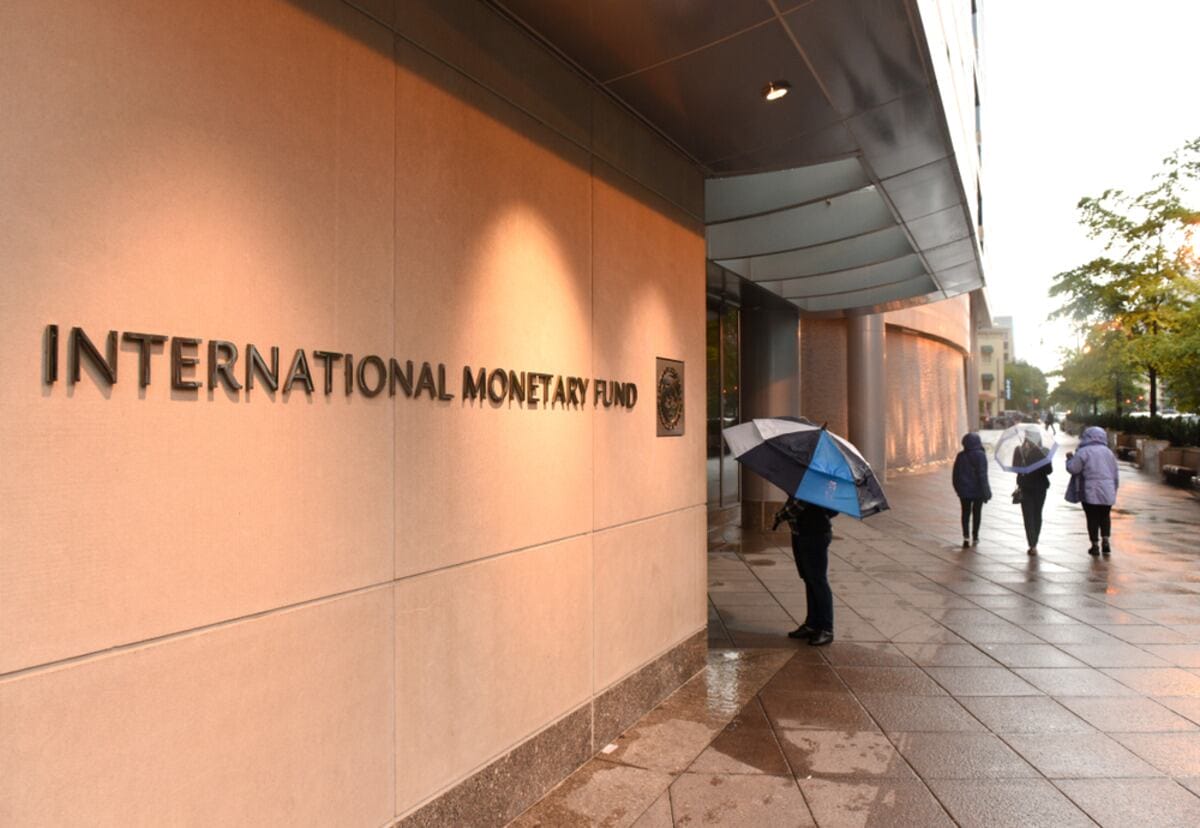According to the International Monetary Fund (IMF) report titled “Economic Prospects and Policy Priorities for the GCC Countries,” the Gulf Cooperation Countries are experiencing healthy non-oil growth. Despite global risks and unfavorable conditions, this growth is being driven by increased investment and capital flows.
The IMF report highlights that Saudi Arabia’s non-oil GDP experienced an average growth rate of approximately 4.5 percent in the first half of the current year, mainly due to private non-oil activities. Similarly, the United Arab Emirates (UAE) witnessed strong growth of 5.9 percent during the same period, propelled by robust domestic demand.
Regarding Qatar, the IMF states that non-oil activity experienced significant growth in 2022, supported by hosting the World Cup. This growth reached 6.8 percent and was driven by sectors such as tourism, hospitality, and construction.
However, the IMF expects the strong growth of the current year to moderate to a more normal rate of 2.5 percent. This moderation will primarily be driven by investments in public projects and the expansion of the North LNG field project.
The IMF also mentions that non-oil growth in Bahrain and Kuwait has slowed but remains above 3 percent, while in the Sultanate of Oman, it stands at 2 percent.
Read more: Saudi Arabia’s 2024 budget boosts non-oil growth with increased spending
Inflation
The report further indicated that inflation in the GCC countries remained in 2022 well-managed, averaging around 3.3 percent year-on-year. Bahrain, Qatar, and the UAE experienced the highest increases in inflation, while Oman had the lowest. However, inflation in Saudi Arabia decreased towards the end of the year.
Real estate prices in Dubai were rising rapidly, while they remained relatively low in Saudi Arabia. In Kuwait, rents saw a significant increase.
The IMF predicted that Saudi Arabia and the UAE would lead the growth of the non-oil sector in the current period. The Fund noted that the Gulf states were maintaining strong growth momentum in their non-oil sectors, driven by domestic demand, increased inflows, and the implementation of reforms.
The increase in non-oil revenues reflects the ongoing financial and structural reforms undertaken by the GCC countries.
The IMF recommended that the GCC countries continue to focus on strengthening the non-oil sector, which it considers to be the driving force behind the region’s economic growth as oil production declines. It also suggested implementing a comprehensive package of policies to address short-term shocks and uncertainties in the global economy, as well as medium and long-term challenges.
In the short term, the Fund advised the countries to exercise caution in public financial policies, rebuild fiscal buffers, and take advantage of rising oil prices. It also recommended closely monitoring financial stability risks while following the lead of the U.S. Federal Reserve.
In the medium term, the IMF recommended that the countries in the region continue their efforts to manage public finances in a manner that ensures intergenerational equity and sustainability. This can be achieved through mobilizing non-oil revenues, phasing out energy subsidies, rationalizing expenditures, improving their efficiency, and strengthening social safety nets.
Oil output
According to the report, oil production in the GCC region, which is influenced by decisions made by the OPEC+ alliance, is expected to decline in the near future.
In light of this, the fiscal policies of GCC countries in the near term should avoid cyclical spending and instead capitalize on the unexpected gains from rising oil prices to rebuild reserves.
Moody’s
Meanwhile, Moody’s Analytics also predicts that Saudi Arabia’s non-oil GDP will experience annual growth rates between 3 percent and 4 percent until 2030. This projection reflects the Kingdom’s efforts to diversify its economy away from oil by increasing spending in various sectors. The Saudi’s General Authority for Statistics (GASTAT) recently announced that the non-oil sector in the country grew by 3.5 percent in the third quarter of the year.
Catarina Noro, an economic analyst at Moody’s, highlighted in a webinar on the economic prospects of the Middle East and North Africa region in 2024 that the Saudi economy has undergone a transformation over the past decade, with the non-oil sector playing an increasingly significant role in GDP growth. The projection states that the non-oil economy is expected to grow between three and four percent annually until 2030, while the oil sector’s growth is anticipated to be between 0.5 percent and 1.5 percent after 2025.
Noro highlighted that the Kingdom’s continued provision of credit facilities to small and medium-sized enterprises (SMEs) is expected to stimulate growth in vital sectors such as tourism and construction. She further stated that sustaining this momentum requires concurrent growth in the labor force. Increasing the participation of women and the growth of the diaspora will play crucial roles, as the expansion of the labor force will, in turn, drive growth in the private sector and the non-oil economy.
For more news on the economy, click here.




